Want to extend the shelf life of your foods? Buy vacuum packers. These are great kitchen gadgets that help keep foods fresher longer in the pantry, freezer, and fridge. Before buying a vacuum sealer, it is significantly crucial to know what food can I vacuum seal.
Dehydrated fruits, rice, pasta, etc., can easily be vacuum sealed. You are keeping yourself well-prepared during a power outage or emergency by storing these foods. Snack-size or dinner leftovers are also easy to vacuum pack while helping you save space in the fridge.
We will look into more details on which foods can and can’t be vacuum-packed through this comprehensive guide.
What Foods Can I Vacuum Seal?
Here is a list of 6 food items that can effortlessly be vacuum sealed.
1. Dried Fruits
As per the USA Emergency Supplies, dehydrated fruits, including oranges, cranberries, oranges, and apples, are well-suited for vacuum packing. You don’t need to store these fruits in the fridge when dried.
When you vacuum seal these fruits, moisture, and air get stripped from them. After vacuum sealing, store these fruits in an airtight container. This will help maintain the integrity of the fruits.
2. Trail Mix
Do you consume trail mix during every meal time but have less time to prepare it? A vacuum seal can be helpful in such cases.
Next time, prepare a large batch and break them into single servings and a vacuum seal. As a result, you don’t need to prepare the trail mix every time during lunch or dinner. Moreover, you can carry them around on the camping site.
3. Rice/Pasta
Generally, we store leftover rice and pasta in bulky boxes and put them into the fridge. Boxes take a lot of space in the refrigerator. It would be best to transfer rice or pasta in the vacuum pack, which will make your life comfortable.
At the same time, by putting vacuum-sealed rice/pasta, you save space in the fridge or pantry. In addition, you can store other food items in the saved space.
4. Cereal
Cereal boxes also occupy a large area in the pantry. Store your cereal in affordable bags like a vacuum seal. The cereal would not go stale if vacuum-sealed adequately. Remember to keep the bag in a cool condition to extend the shelf life.
5. Popcorn Kernels
Making homemade popcorn will be easier when you seal a handful of kernels in the vacuum bag. Microwaving these bags is unnecessary before storing them. It is because vacuum sealing a food item means no critters or insects can ruin the flavor and taste of the food.
6. Spices and Herbs
Spices and herbs get ruined or spoiled when exposed to moisture and air. Increase the lifespan of these items by vacuum sealing and putting them in an airtight container.
While storing the herbs and spices in a container, label it perfectly because the look of these items is quite similar.
7. Meat or Fish
The vacuum seal is one of the best methods to prolong the lifespan of meat. In this case, it is vital to buy a suitable vacuum sealer for meat. Using a vacuum sealer, the meat’s shelf life will be 24 – 36 months which is 4X – 6X times better than the conventional method of storing food.
If you are wondering which meat-type can I vacuum seal? You can vacuum seal meats such as beef, poultry, and fish in a vacuum pack without hassle.
What Foods Can’t Be Vacuum-Sealed?
Although vacuum sealing is an incredibly efficient method in keeping food fresh for a long time. This method is a money saver as well. However, some food items can’t be vacuum sealed.
1. Soft Cheeses
Storing hard cheeses is okay to preserve in vacuum seal bags. But you mustn’t vacuum seal soft cheeses such as mozzarella, goat, blue, and brie. These cheeses can be affected by mold if stored in an airless environment. That is why we recommend you not to vacuum seal soft cheeses.
2. Raw Garlic and Onions
Raw garlic and onions are smelly and emit the smell continuously after cutting. Even after vacuum sealing, they will emit a smell. If you vacuum seal raw onions and garlic, the bag can inflate due to the gas or smell. Thus, the chance of creating leaks in the bag increases, ruining the freshness of the onion and garlic.
3. Raw Bananas
The ripping process of raw bananas is faster when they are stored in an anaerobic environment. However, you can avoid the quick decay of bananas by freezing them. After freezing then, you can vacuum seal bananas.
4. Cruciferae or Brassicaceae Vegetables
Some vegetables emit gasses like onions and garlic. These vegetables are broccoli, cabbage, bok Choy, radishes, arugula and cauliflower. Due to gas emissions, avoid storing them in a vacuum bag.
FAQ
Can you vacuum seal any food?
Well, literally all food can be vacuum sealed, but some food items need to go under a specific process before vacuum sealing. You can vacuum seal meat, rice or pasta, fish, cereal, etc. easily. In comparison, raw items like a banana need to be frozen before vacuum sealing. Other raw foods such as mushrooms, broccoli, cauliflower, onions, and garlic can’t be vacuum sealed.
Can you vacuum seal fruits?
Dry or dehydrated fruits can be vacuum sealed. But raw banana or whole apple is not a good choice for vacuum sealing. Frozen the banana or slice the apple first. Then vacuum seal them.
How long will food last that has been vacuum-sealed?
Vacuum sealed frozen food can last up to 2 – 3 years.
Last Words
Freezing and storing different food items becomes much more effortless when vacuum sealed properly. A vacuum sealer is a good companion for a cook or occasional baker as it can seal flour, sugar, and other baking ingredients to stay fresh.
This article shows what foods can I vacuum seal and what I can’t. Before vacuum sealing, remember the names that we discussed in this guide. A vacuum sealer is a little gadget that helps keep food fresh for several days.


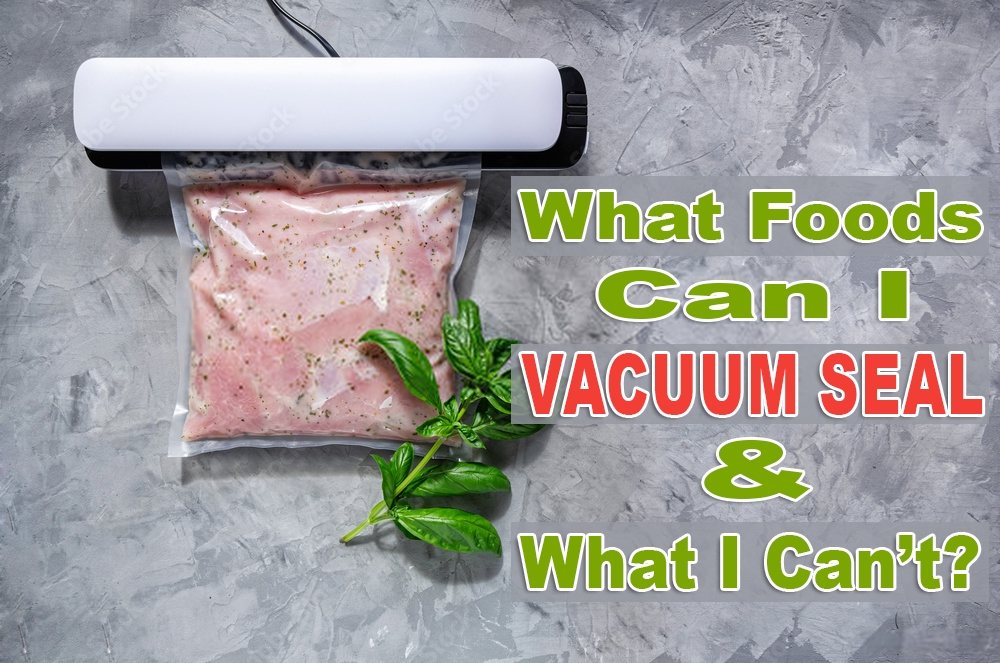


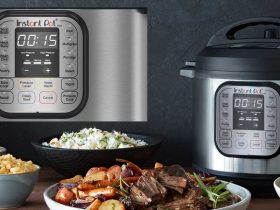

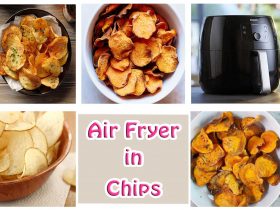
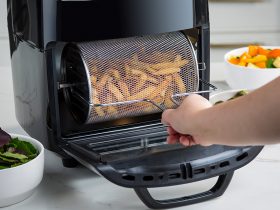

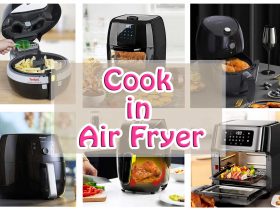
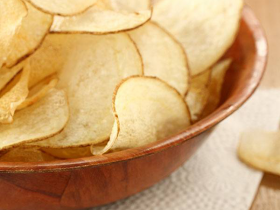

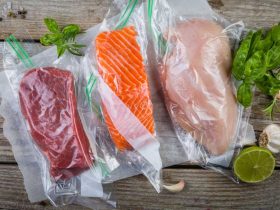

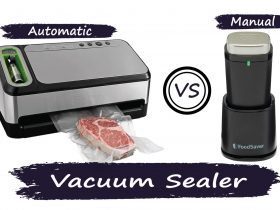


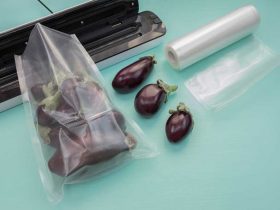

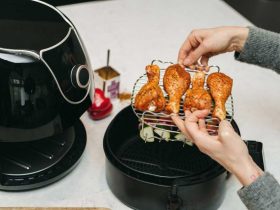
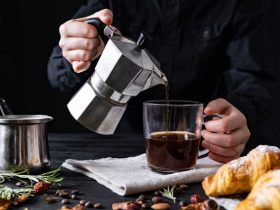


Leave a Reply